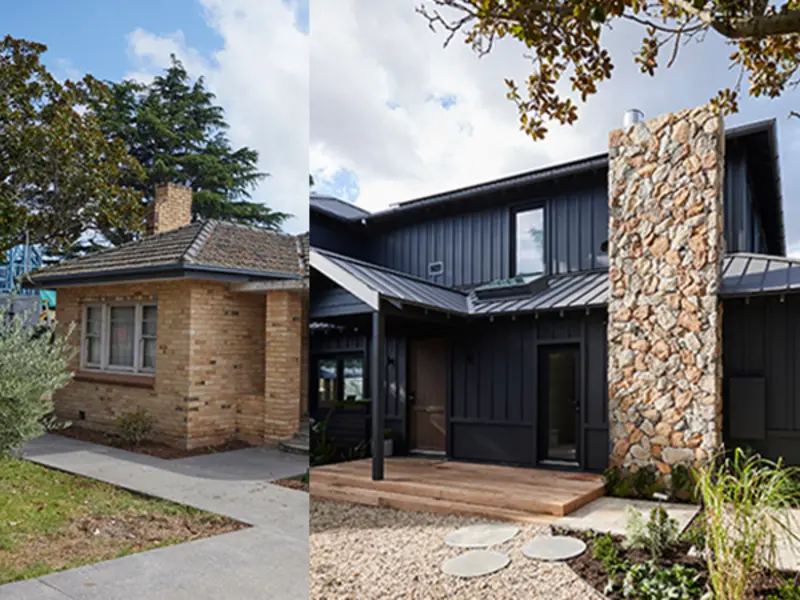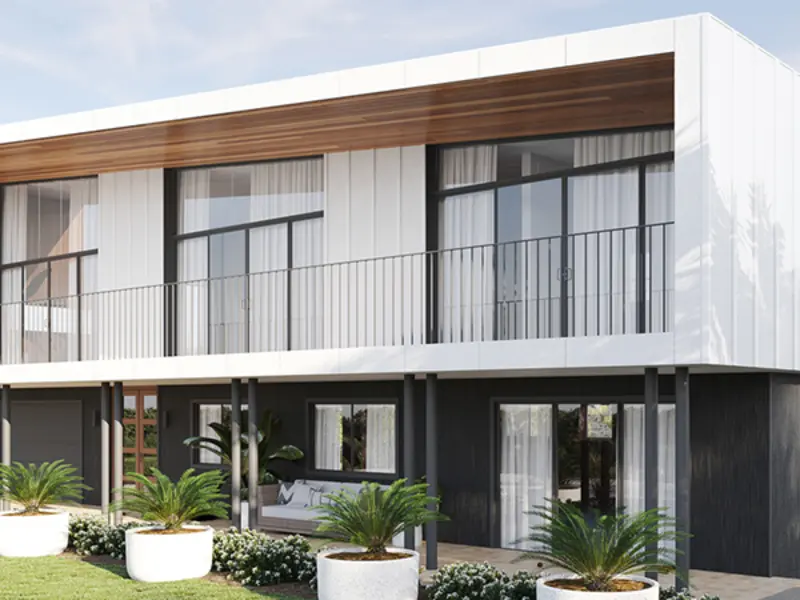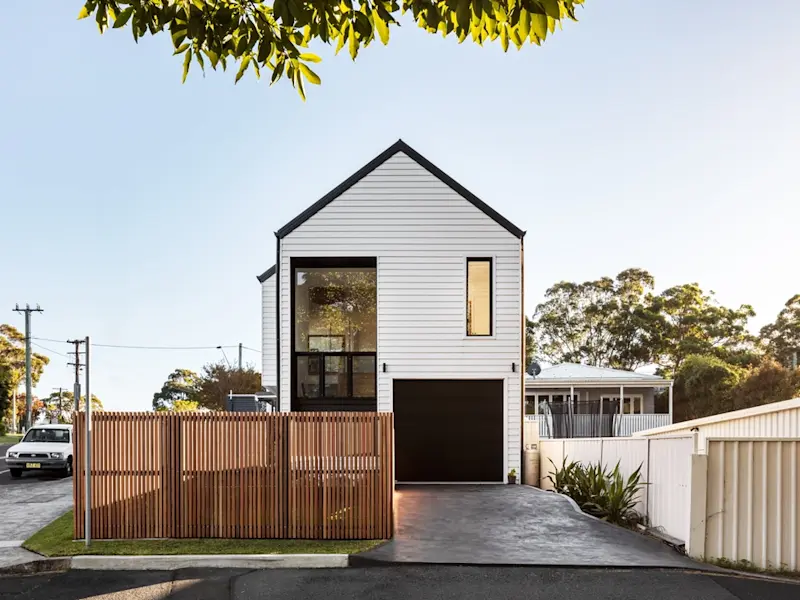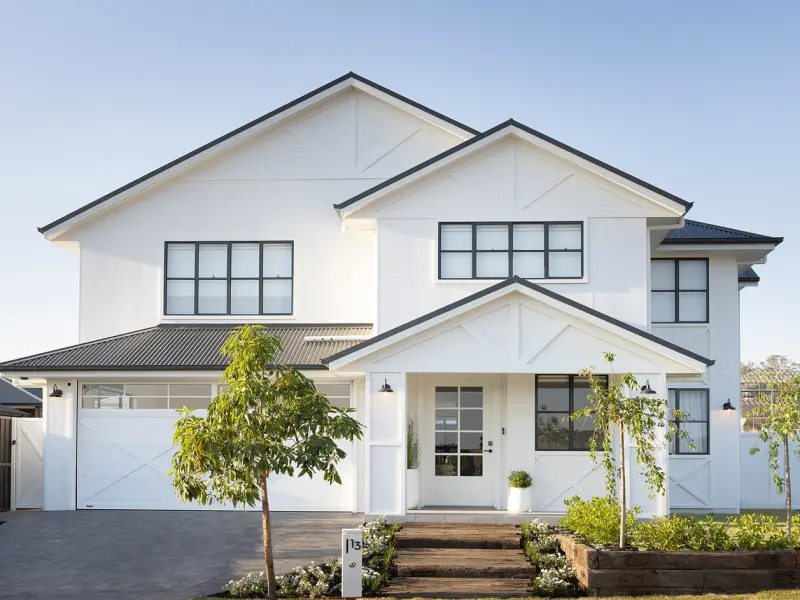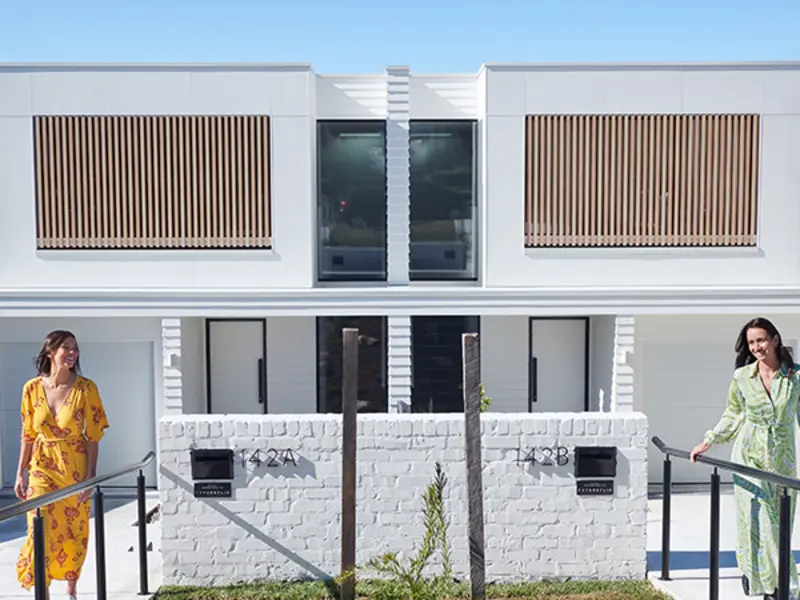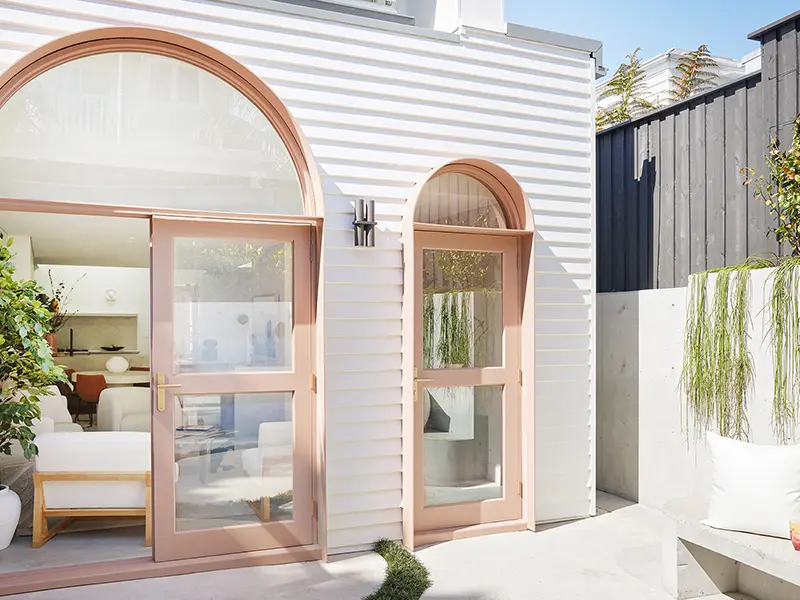
Tips to keep your reno on track
From blown-out budgets to delayed deadlines, home renovations and builds don’t always go to plan. In fact, more than a quarter of projects go over budget, and one-fifth take longer than expected1. But this doesn’t need to be the way, as illustrated by TV personality Deborah Hutton, who completed a renovation of her Hamptons-inspired home one month ahead of schedule, and on budget.
“Renovating my two-storey home on Sydney’s eastern beaches was a passion project that consumed my life for 18 months,” she says. “It wasn’t always easy, but it was definitely worth it and there are things I learnt that helped me take some of the stress out of it.”
Here, Deborah shares her top tips for fast-tracking your renovation without breaking the budget – because, while some variables are unavoidable (hello, bad weather!), others can be bypassed.

Plan for success
A detailed renovation plan can be the difference between frustration and fulfilment. “I spent roughly the same amount of time planning what the house would look like, researching my options and creating my timeline and budget as I did actually renovating,” explains Deborah. “This reduced the number of decisions that took me by surprise – and when I did have to make a last-minute choice, I knew how it would affect the rest of the build, my look and my bank balance.”
Your budget will rely on you having a fully finished house plan, including product and fit-out specifications, and you’ll need to attain clear contracts from your construction partners. Ensure every task and cost can be accounted for and allocated to someone before you start the build; get it all in writing, because you don’t want to get halfway through the job and hear the dreaded words, “that wasn’t included”.
Extra tip: Reduce your unknowns
Don’t let (expensive) surprises creep up on you – consider all your costs in advance, from taps to tradies and layouts to landscaping. In your budget, it can be a good idea to allow a contingency of 10 per cent for simple renovations, and a greater percentage for more challenging projects.
Create a timeline
One of the most common causes of budget blowouts is delays, so make a timeline and stick to it. Deborah recommends identifying your time drains in advance: “Rooms like a bathroom require a lot of amenities and can become slow-moving compared to the rest of the home, as one trade will need to wait for another to finish their work before starting,” she explains. “This is where one mistake can really kill productivity. If your electrician can’t start work on their day, it can take weeks to get them back in, which then has huge knock-on effects for your tilers and plasterers.” The solution? A well-considered schedule, with possible delays and contingency plans built into the schedule.

Choose time-efficient, cost-effective products
“When it comes to building or renovating, time is money. If you can find a product that is quicker to install, you may just fast-track your way to savings,” Deborah says.
“One of the first materials I chose when renovating was Linea™ Weatherboards. It’s more cost-effective than similar cladding products and gave me the shadow-lined weatherboard look I wanted. When I told my builders I wanted to use it, they were thrilled as they’d worked with it before and knew it was quick and easy to install. This reduced the time spent on my facade. As my house is fully wrapped in Linea™ Weatherboard, it had a huge effect – and the front facade only took a day to fully clad.”
It was a similar story in Deborah’s downstairs bathroom. “The room is very small for many people to work in at once,” she shares. “Using Axon™ Cladding horizontally helped speed up the process – as it’s quick to install – and gave me the shiplap look I wanted while being resistant to water damage.”
Order in advance – and keep an eye out for bargains
Ordering your building materials and products can save not only time, but dollars, in the long run. “For me, this meant ordering oversized couches and chests from America a year out,” recalls Deborah. “That may seem a little premature, but I saved a considerable amount of money because I could wait for a sale and for my bargains to arrive.”
Communication is key
From day one, make sure you and your builder are aligned on your desired project outcomes. A digital mood board from Style Sourcebook is a great way to convey your vision during the briefing process, and will save on confusion and costly mishaps down the track.
As the project gets underway, talking to your builder every day will nip potential issues in the bud and help keep your timeline and budget on track.
“I was lucky to be able to live next door to my site,” says Deborah. “If you can, video call with your builder, so they can show you around the site and areas that they’re working on. I’ve heard of people who don’t visit their home for weeks and come back to huge issues that need a lot of work to be rectified, completely derailing the project. It makes more sense to spend a small amount of time checking in every day, than a lot of time later on to fix a problem.”
Renovation Guide
With the right help and advice, you can make decisions confidently, ensuring your home will be magnificent in years to come. Our Renovation Guide can help steer you through every stage in the process to help you achieve the renovation you’ve been dreaming of. Get a copy of the James Hardie Renovation Guide now.

